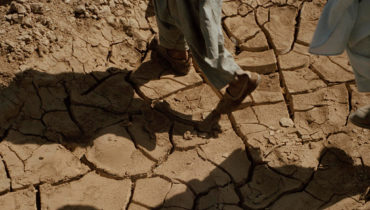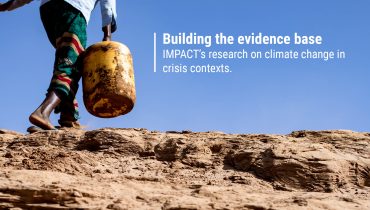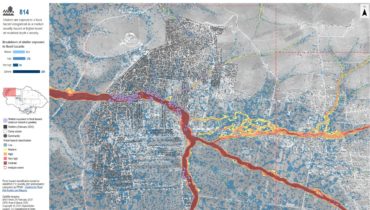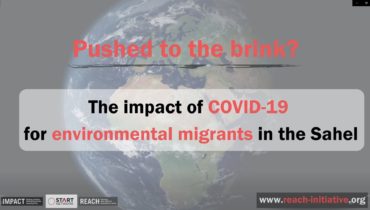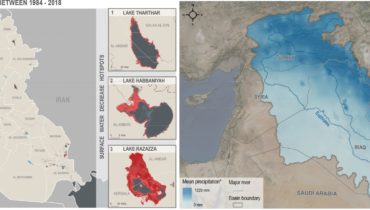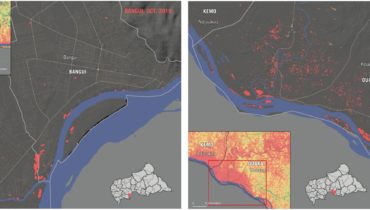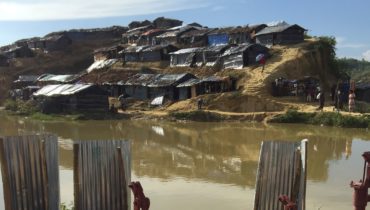Climate shocks continue to hit Kenya
22 April 2024
Climate shocks in Kenya continue to be felt through more than a decade of drought and, from October 2023 to January 2024, the country also saw El Niño related flooding. This led to the deaths of at least 174 people and the displacement of more than 500,000 households. More than 17,000 acres of farmland were destroyed, and the floods also led to more than 13,400 livestock deaths.
WASH needs increase
The recent climate events have led to damage to water, sanitation and hygiene (WASH) infrastructure, disruption of normal transportation services, and the limiting of access to clean water sources. According to OCHA approximately 90% of people impacted by the flooding reside in Mandera, Garissa, Tana River, Wajir, Isiolo, and Meru counties. From March to May 2024 flooding is likely to continue to occur as above average rainfall is expected.
Before the El Niño related flooding, REACH did a multi-sectoral needs assessment (MSNA) in Garissa, Mandera, Marsabit and Turkana counties. The findings from the assessment found significant pre-existing vulnerabilities, as all the assessed counties had a high prevalence and severity of living standard gaps.
WASH is the most affected sector, mainly driven by a lack of access to sanitation infrastructure and clean water, which has led to water-borne diseases. The absence of latrines in Turkana (65%), Mandera (38%), Garissa (33%), and Marsabit (27%) resulted in households resorting to open defecation.
The proportion of water insecure households in June 2023 was considered high and the majority of households were without adequate, reliable, or safe water before they were hit by drought or floods. They relied on open water sources such as rivers, unprotected wells and springs for drinking water and other hygiene practices.
Even if a high proportion of households (over 90% in Garissa, Mandera, and Marsabit) reported washing their hands during critical handwashing occasions, there is a high probability that contaminated water was used, which further exposes them to the risk of contracting waterborne diseases. Approximately, 12,256 cases were documented across 28 counties, with 205 deaths as of 13 December 2023.
Resilience at severe risk
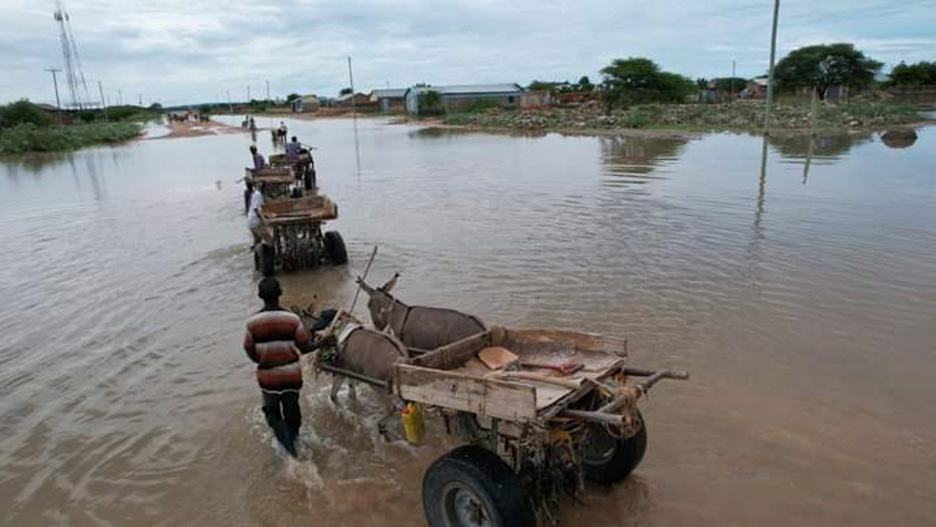
Elwak-Mandera County_photo by ACTED CRM
A low or lack of income, high commodity prices, and depleted livelihoods caused by five consecutive seasons of drought is expected to continue driving food insecurity in these regions. This situation is exacerbated by the fact that poor consumption levels were already being reported prior to the floods, increasing the need for humanitarian aid. MSNA data indicated that 73% of households had livelihood needs. in the Arid and Semi-Arid Land (ASAL) region approximately 2.8 million individuals continue to experience crisis or acute food insecurity.
The cost of food and non-food items is expected to continue rise due to damaged or impassable roads, and loss of goods in transit or from destroyed shops. Based on the MSNA and the September 2023 Joint Market Monitoring Assessment, the average income received per household only covers 41% of the minimum expenditure basket. To bridge the gap between income and expenditure, households are resorting to debt which hinders their ability to deal with shock.
Households in this region are highly predisposed to the negative effects of heavy rains. If there is no tangible response, the already vulnerable populations, such as children under 5 years old, lactating mothers and others with health problems, may be at risk of extreme levels of food insecurity due to lack of stable income and increased food prices.
Recommendations
- More humanitarian assistance so that affected people can meet their basic needs (such as healthcare, shelter, and food) and prevent them from suffering from greater food insecurity. Although rains are expected to be mostly in the southern part of Kenya, affected communities in the northeast and coastal areas also remain vulnerable.
- The provision of WASH facilities will save lives. This includes clean and safe water, water treatment chemicals for communities with limited access to water, along with water storage containers. The rehabilitation of sanitation facilities where there are not functioning ones can help prevent open defecation and this becomes a priority during climate events.
- Continuous monitoring of the situation will be important even as the short rainy season begins to provide early warning indicators.
- Kenya is considered a country that is highly vulnerable to extreme climate events, in particular droughts and floods. The rate of recurrence and force of these events is likely to increase because of climate change, which is also likely to lead to soil erosion, land degradation, and pest breakouts, which is why an expansion of the MSNA scope to include other counties that were not assessed during the 2023 assessment is necessary to fill the existing information gap.
To know more about the situation in Kenya, read the full brief.
Cover Photo Credit: Maalimin- Garissa County_photo by ACTED CRM




